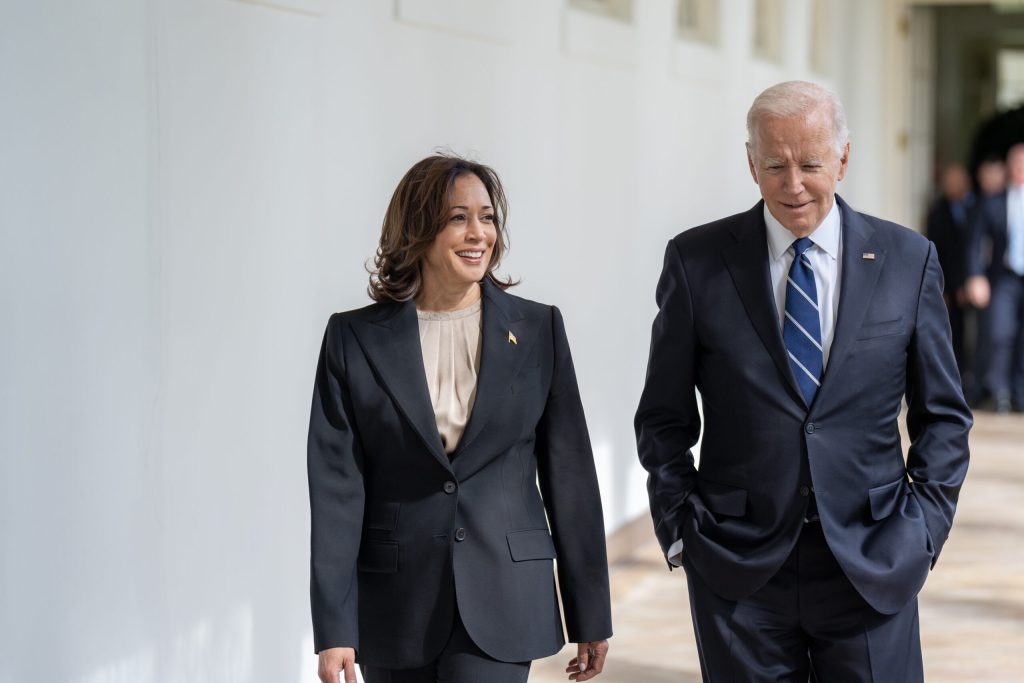Joe Biden often says, “Don’t tell me your values. Show me your budget and I will tell you what you value.” The budget proposal for 2025 that Biden has put forward shows that he values excessive spending and spending on the wrong things.
Rather than reducing the federal government’s spending after the Covid pandemic led to a long period of high inflation, the administration’s budget would increase the growth in spending that has caused the federal debt to balloon. Additionally, it would not allocate enough spending to protect the nation and its borders from increasing threats overseas. Covid spending binge led to a prolonged bout of “Bidenflation,” the administration’s budget would accelerate the growth in spending that has seen federal debt balloon. And it would do so while not spending enough to secure our nation, and its border, from growing threats overseas.
Spending on Steroids
Other sources have spent the two weeks since the budget’s formal release examination of specific provisions and proposals within it. However, it’s worth focusing on the big-picture issues.
Start with the topline spending number for this year’s budget, which covers the fiscal year beginning this Oct. 1 and going through Sept. 30, 2025. The estimate of spending under Biden’s proposal? $7.3 trillion. Or, to be precise, $7,265,963,000,000.
It’s hard to imagine a number that big. But to break it down on a more granular level, the total comes to just under $20 billion in federal spending per day. at that pace, the federal government would spend down the net worth of people like Elon Musk or Jeff Bezos in just over a week. (So much for the idea that taxing “millionaires and billionaires” can solve all our fiscal problems.)
The number also looks immense by comparisons to the past. In fiscal year 2017, which included Barack Obama’s last few months in office, the federal government spent just under $4 trillion. If Biden’s estimate holds true, that means federal spending will have increased by about $3.3 trillion, or nearly 82.5 percent, over the past eight years.
How many Americans’ incomes have gone up by 82.5 percent during that time? Mine sure hasn’t. And based on the budget, the economy will grow by only 51.4 percent from 2017 through 2025, meaning government is growing faster than the economy and crowding out the private sector in the process.
Even compared to the Covid spending binge of recent years, Biden’s budget looks ridiculously large. In fiscal year 2023, the federal government spent “only” $6.1 trillion. The budget proposal would lead to spending growth of 18.4 percent between 2023 and 2025. That’s growth coming on top of the Covid levels of spending.
Wrong Priorities
Apart from the horrifying numbers inside it, the words in the budget document speak volumes themselves. The phenomenon of searchable PDFs allows readers to examine in detail the Biden administration’s priorities, and unsurprisingly, they are grossly misaligned.
Take two simple words: “climate” and “border.” In the 188-page main budget document, the word “climate” appears 148 times — nearly once every page. That’s consistent with an administration that seemingly insists on sending America back to the Stone Age, publishing a de facto ban on gasoline-powered cars, and much else in the name of addressing the “climate crisis.”
By comparison, the word “border” appears only 65 times, or less than half as much. That’s sadly consistent with an administration that will only address the border issue, not because its incomplete measures will be effective, when large groups of migrants are appearing on Americans’ TV screens every day. To put it more directly, this administration sees safeguarding Americans as a political challenge to be handled, not a sacred responsibility under our Constitution.
Similarly, the administration’s plans for defense spending will keep defense spending relatively unchanged in 2025, resulting in a decrease in real value after adjusting for inflation. In the long term, defense spending in the budget will decline to 2.4 percent of GDP in the next decade. This is a reduction from about 3 percent of GDP currently, and equates to cutting defense spending by nearly half as a percentage of the economy from fiscal year 2010, Barack Obama’s first full year in office, when defense spending accounted for 4.7 percent of the economy.
Inappropriate Budget for America
At every level, Biden’s budget displays incorrect priorities. There is excessive spending on a woke and weaponized bureaucracy, more proposed expansions of the welfare state, and insufficient spending on securing our border and strengthening our country against foreign threats. Fortunately, the slim Republican majorities in Congress should at least be able to smooth out the most problematic aspects of these incorrect priorities when considering next year’s spending measures.
But a larger shift in direction is needed to start moving things in the right direction, and the determination to apply meaningful limits to federal spending for the first time in a while. The recent legislation passed by Congress does not inspire much hope for actual fiscal discipline — but the American people urgently need some, and quickly.



